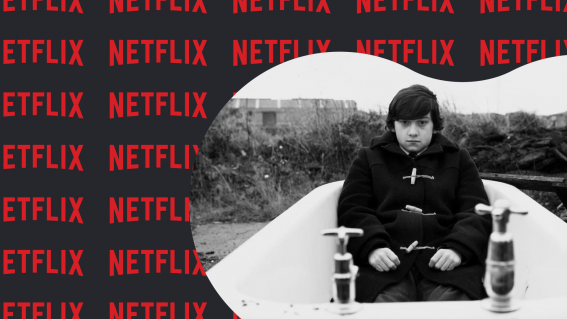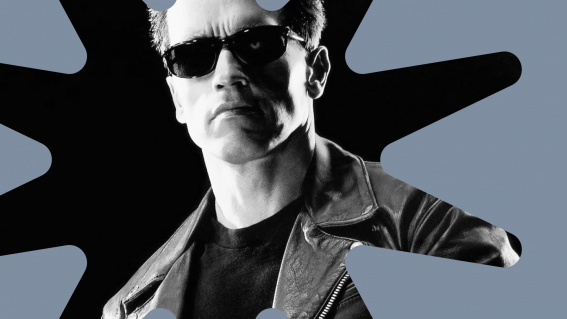11 things you need to know about Guillermo del Toro’s dark fable Pinocchio

Our nose isn’t growing at all when we say that Mexican fantasist Guillermo del Toro’s adaptation of Pinocchio is set to be one of the year’s most passionate, creative movies. A lifelong passion project finally brought to life with the help of Netflix and painstaking stop-motion work, the movie is already making cinema and festival audiences sob salty, real boy tears.
Here’s everything we know about Guillermo del Toro’s Pinocchio, from its agonising production to the illustrious cast and some of the very dark, adult themes that’ll inflect this once sanitised fairytale.
1. 2022 is a big year for Pinocchio retellings and stop-motion in general
Perhaps after the coronavirus pandemic, none of us are feeling entirely real…at least that’s one way of explaining this year’s reinvigorated interest in adapting Carlo Collodi’s 1883 Italian novel Le avventure di Pinocchio. This piece from March goes into the three main productions of the story, including the bizarre Russian CG production that sparked memes due to the casting of very-adult Pauly Shore as an effete puppet boy (“father, when I can leave to be on my OOUUwwnnn?”).
The House of Mouse put out one of their slick remakes as a streaming exclusive, garnering very meh reviews from our critics. Which leaves Guillermo del Toro’s Pinocchio to save the day. Not that the genre of stop-motion animation needs saving lately. Henry Sellick put out his new film Wendell & Wild on Netflix, too, and del Toro celebrated another long-gestating project in the medium in conversation with Collider: “these are the salad days for stop-motion [with] Phil Tippett completing Mad God and so forth.”
2. It’s one of many…many del Toro projects to get stuck in ‘development hell’
The Mexican filmmaker has a truly tragic list on Wikipedia of all the projects he’s dreamed into existence, only for Hollywood to give them a big ol’ ‘thanks but no thanks’. The protracted struggle to bring his Pinocchio into existence, though, has to be one of the most painful ongoing rejections. Announced in 2008 and set for release in 2013 through The Jim Henson Company, GDT’s passion project failed to find a studio willing to fund the expensive and time-intensive title.
In 2018, though, Netflix swooped in to act as the film’s Gepetto, puppeteering it into new life and footing the bill for the stop-motion style del Toro insisted upon using, however costly. Since then del Toro has been able to see his dream project come to life—with some added personal heft, perhaps, since it’s a story of grief and fatherhood he can relate to with the passing of his own father five years ago.
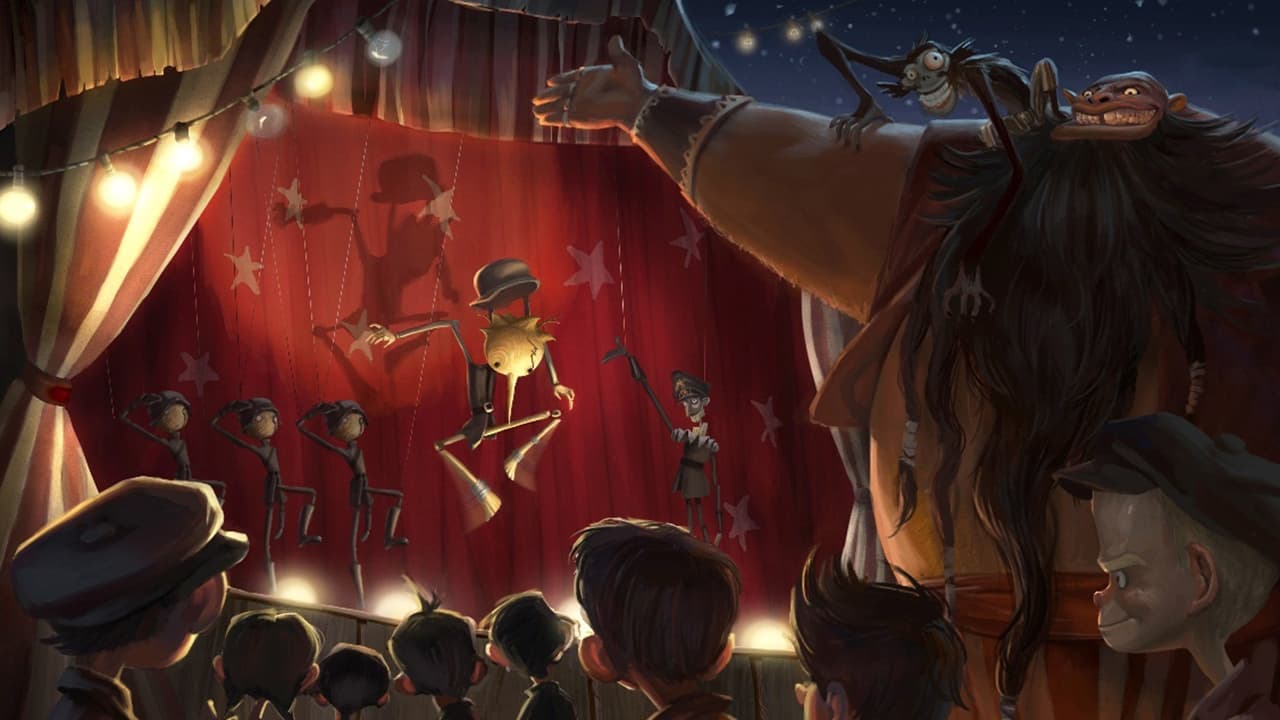
3. Like other Del Toro works, the film has overt anti-fascist themes
The filmmaker considers his Pinocchio story the third movie in a loose trilogy with The Devil’s Backbone and Pan’s Labyrinth, all mystical tales of childhood innocence in conflict with war. On the film’s Wikipedia page, we find out that the traumatising Pleasure Island sequence has been swapped for a scene of Pinocchio getting “recruited into the village military camp, because the fascist official in town (Ron Perlman) thinks if this puppet cannot die, it would make the perfect soldier.”
The tweet below, from a lucky soul who’s already seen the film, claims that the Italian dictator Mussolini is literally depicted in the film.
The Del Toro Pinocchio is the darkest kids movie I've ever seen. It is explicitly about Italian fascism – Benito Musilloni is a character. It is about mortality and grief and war and acceptance. It is a bold, incredible stop motion fairy tale. He's done it again.
— Cazzy Star (@Cazzy) November 21, 2022
Hilariously, a little further research shows that the film’s Mussolini is voiced by none other than Tom Kenny—the squeaky talent behind TV’s Spongebob Squarepants! Kenny also had the dubious honour of voicing Gepetto in that wack Russian Pinocchio movie we discussed above. Huh.
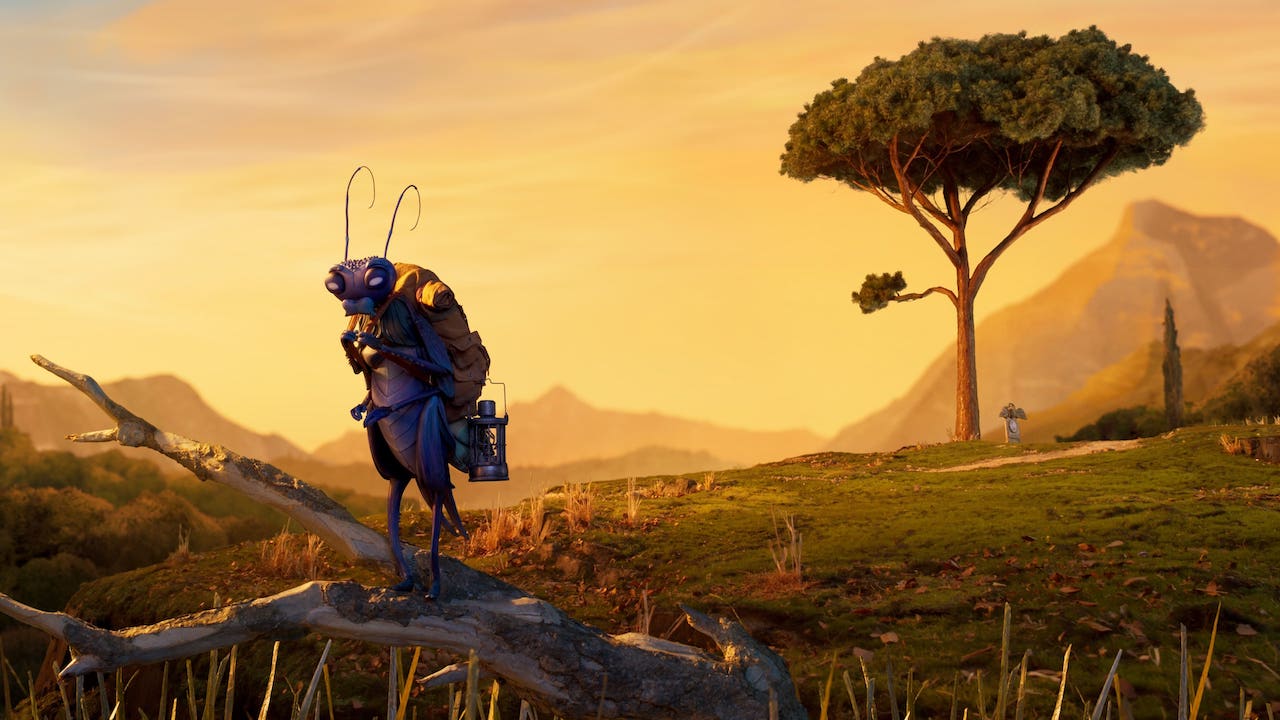
4. Ewan McGregor is Cricket (drop the Jiminy)
This Pinocchio‘s insectoid voice of conscience doesn’t wear a dapper little hat, but he does narrate the fable to us and even treat us to a song or two. Much more bug-like than the very anthropomorphised Disney character, Ewan McGregor’s take on Jiminy Cricket is simply called Cricket, and he keeps the actor’s rich Scottish brogue too.
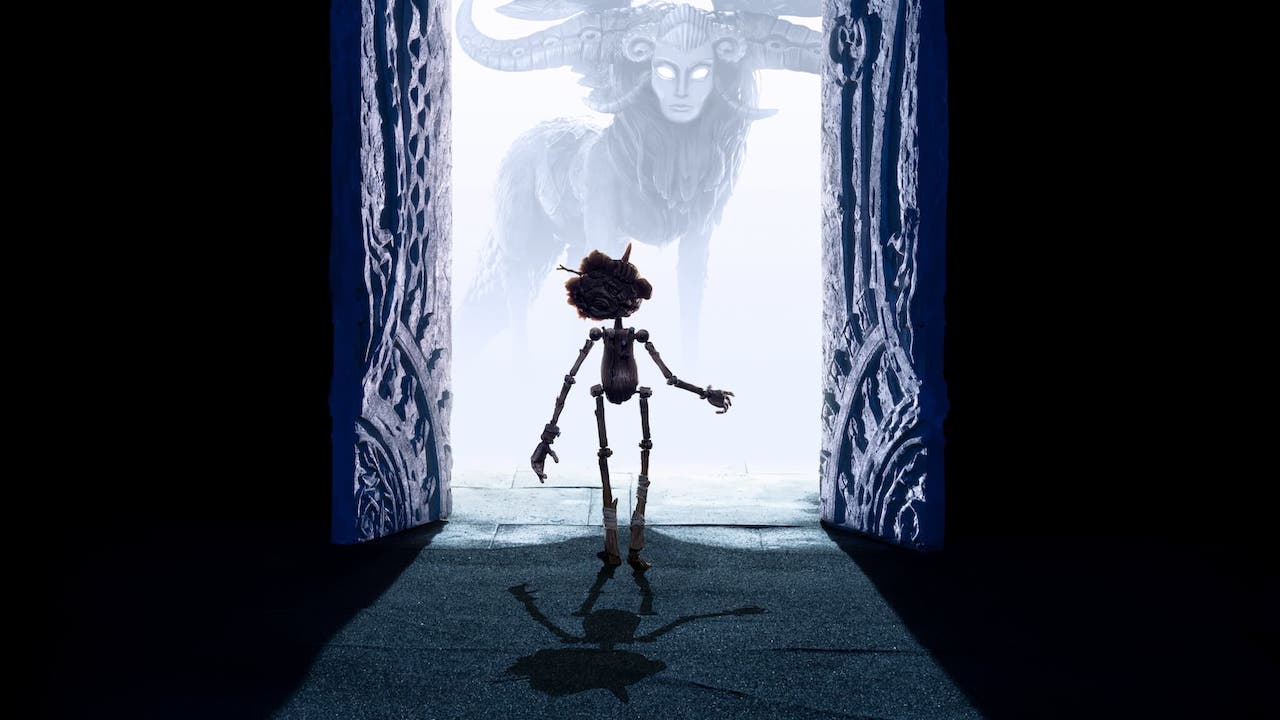
5. Pinocchio’s body and skeleton is to date the only screen puppet that has been fully 3D-printed
You might recall that some of the facial expressions on Henry Selick’s Coraline were achieved with the speed and precision of 3D printing. But the title character of this new Pinocchio is the first little stop-motion critter to ever be achieved fully through 3D printing, which was necessary as he had to appear in so many various forms and scenes.
Voiced by relative newcomer Gregory Mann, the enchanted hero looks wildly different from his Disney incarnations: much more organic and rustic. This is obviously a striking style choice, but it presented an additional challenge to set dressers, who had to make the wooden boy stand out from locations where basically everything around him (trees, walls, furniture) was also made of wood.
6. Production followed a strict animation ‘bible’ with rules to keep the look unique
In an age where so much realism and fantasy can be accomplished with computer generated imagery, it was important to del Toro’s creative team that their Pinocchio kept its earthy stop-motion seams. There were 60 units each tackling various scenes, and so a “bible of animation” was established with style rules for each crew to follow.
These rules included: try to animate mistakes, animate failed acts (such as characters fumbling or being unable to open a door on the first try), animate characters listening, animate micro-gestures, and avoid pantomime. It’ll make the finished product feel that much closer to a moving, breathing fairytale.
7. The film’s most difficult shot took over three months to complete!
We really wonder if the intricacy and agony of this long, one-take shot will come across in the finished product. del Toro and Gustafson mentioned to Collider that a scene of Cate Blanchett’s angry monkey Spazzatura leading Pinocchio through a sinister carnival took “two and a half months to set up” and “about a month to shoot”.
The team claim they destroyed three puppets of Spazzatura doing that shot. But since there’s plenty of duplicates to go around, del Toro could still nab a few collectibles for his famously maximalistic home of horrors.
8. A pair of animation legends helped out with the direction and script
With his illustrious name right there in the title, it can be hard to remember that Guillermo del Toro is working with an incredibly imaginative and experienced team, too: films like this cannot possibly be made quickly or alone. Mark Gustafson doesn’t even have a Wikipedia page but he’s more than qualified to co-direct (his feature directorial debut!) after working on Fantastic Mr Fox and the dark Return to Oz.
Adult fans of clever animation for kids might know Patrick McHale, too. The Pinocchio screenwriter was writer and creative director on Adventure Time, and has gone woodsy and old-fashioned before with his gorgeous series Over The Garden Wall. You can see plenty of the new film’s DNA in that sumptuous, Brothers Grimm-inspired show.
9. It’s a musical! Kinda.
Don’t expect to belt along to “When You Wish Upon A Star” or “I’ve Got No Strings” in this tuneful retelling of the fairytale. Beloved screen composer Alexandre Desplat, who previously won an Oscar for his work del Toro’s Best Picture-winning film The Shape of Water, has whipped up another orchestral score and a few original songs, sung by Cricket, Christoph Waltz as the antagonistic Count Volpe, and Gepetto. Most heartbreakingly, Pinocchio sings a farewell to his father in the mournful melody below.
First look at the song "Ciao Papa" from Guillermo del Toro's ‘PINOCCHIO’.
(Source: @Variety) pic.twitter.com/0Uj1M6RwXk— DiscussingFilm (@DiscussingFilm) November 18, 2022
Desplat’s compositions are always tender and curious, bringing a sense of whimsical historiography to films like The Grand Budapest Hotel and Little Women. If the story and characters here don’t make you cry, it’ll surely be Desplat’s sounds that get the waterworks going.

10. Plenty of the director’s collaborators show up to lend their voices
Preferring to go for characterful, quirky vocal performances rather than recognisable big celeb names, del Toro has drawn on actors who have made his movies great in the past to voice Pinocchio’s friends and foes. You’ll recognise Gepetto’s David Bradley as Harry Potter‘s Argus Filch, and Tim Blake Nelson voices a flock of Black Rabbits who swarm around the magical Wood Sprite (voiced by actual witch queen Tilda Swinton, in place of the more familiar Blue Fairy character). Nelson recently appeared in Nightmare Alley and the Cabinet of Curiosities anthology series, also for Netflix.
Burn Gorman and Cate Blanchett appear as a priest and an aggro monkey respectively: they appeared in del Toro’s films Pacific Rim and Nightmare Alley. But the most consistent collaborator of all has to be del Toro’s Hellboy Ron Perlman, who’ll lend his grizzled tones to the character of an intimidating fascist official who turns Pinocchio into a soldier.

11. You can go behind the scenes with the film’s expansive official book
With text from Gina McIntyre and GDT providing an impassioned foreword, this 224-page volume is the ideal way to dig deeper once you’ve seen—and loved—Pinocchio. It features in-depth interviews, excerpts from the film’s screenplay, concept art, and storyboards.
If you have someone in your life who’s a big fan of del Toro, fairytales, or film in general, the official Pinocchio companion book could be a nifty Christmas gift idea. You might have a harder time buying the official statuette of the lil wooden lad off del Toro, though: he’s really taken a liking to it.







